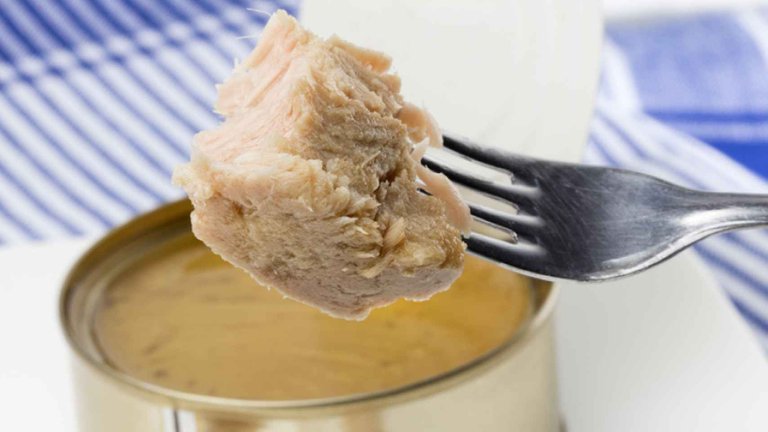Fake fish on our table

Souce
Did you know that the fish you eat may not be what you think, the tuna in your salad may be fake or the salmon fillets you buy in the supermarket may not be fake either, it may be that you are being the victim of food fraud without giving you account.

Souce
Starting with Mexico, according to a study carried out in 2021 by the Autonomous University of Baja California in Mexico, 31.8% of the fish sold is fake, in other words, 3 out of every 10 fish sold in Mexico are fake in that they They are not what they tell you they are, but there are other adulterations. This data is already shocking in itself, but it becomes even more worrying when we compare it with the global context.

Souce
We might think that this problem is limited only to certain establishments, but in reality it is very different, Oceana's research also showed that Sushi restaurants, for example, 74% of establishments had sold at least one sample of fake fish and in others restaurants this percentage was also 38% and in food stores and supermarkets it reached up to 18%.

Souce
A more recent study from precisely 2023 carried out by the University of Oviedo in Spain has brought to light data that should alarm us all about the prevalence of this problem in the global fishing industry, the investigation reveals friends that up to 40% of the tuna steaks sold in supermarkets across the country may not be tuna at all, to put it in a way 4 out of 10 tuna steaks you buy in a supermarket are fake, they are probably giving you another species of fish and in many cases also add dangerous chemicals, this subtle substitution can lead to what we might call fake tuna.
Souce Souce Souce
mazing info brother...
Thank you...
Stay Free...